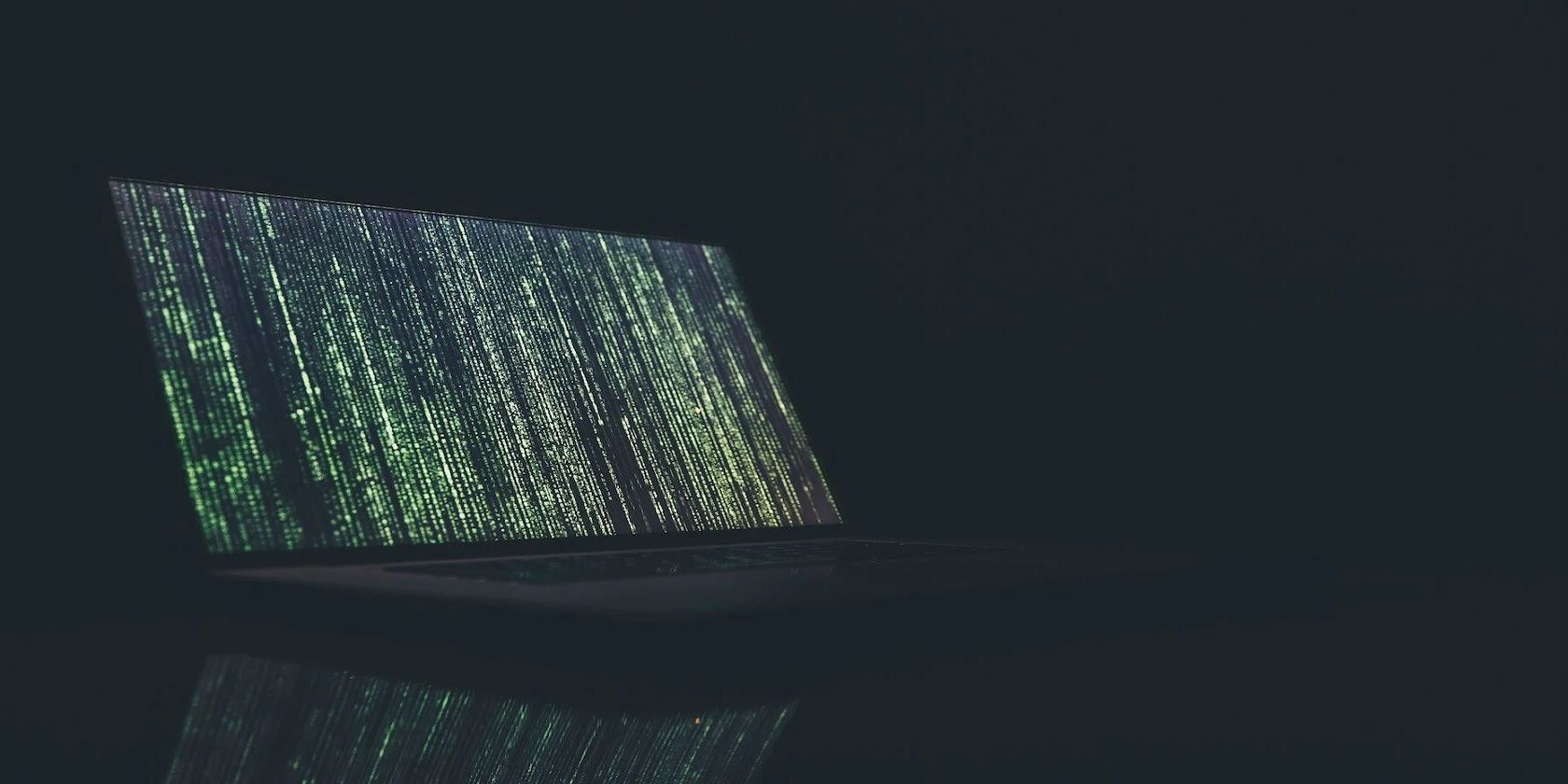The Taiwanese computer manufacturing and electronics giant, Acer, was hit by the REvil ransomware attack. For safe decryption of data, the hackers demanded a record ransom of $50,000,000.
To anyone keeping tabs on cybersecurity, this might be not come as a surprise: attacks such as these have become more and more common with time. So what is malware? How can your device become infected? Can we take any precautions against it, or are we all doomed?
What Is Malware?
A malware, short for malicious software, is a computer program that is designed to disrupt or damage the normal functioning of your system.
It does this in a variety of different ways. Sometimes, malware will corrupt your data. And other times, it might steal and send your data to third parties, as done by spyware—a type of malware.
Malware is further categorized into different types of malicious programs, depending on their behavior. The most common types of malware include viruses, spyware, worms, adware, trojan, and ransomware.
A Brief History of Malware
Around 1967, the now-famous scientist, John Von Neumann, published a paper titled, “Theory of self-reproducing automata.” As the name of the paper suggests, he proposed a theory about the advent of computer programs in the near future that could self replicate.
The theory soon became a reality in the year of 1971.
A man named Bob Thomas created the first malware, the Creeper, to have fun with his colleagues. Creeper was a type of malware that would now be categorized as a worm. It simply jumped between computers on a network and displayed the message, “I’M THE CREEPER: CATCH ME IF YOU CAN,” It was harmless and didn’t cause any problems.
That was a long time ago. We have come a long way from simple programs designed to prank your co-workers.
Now, malicious codes are capable of taking down whole networks, as shown by the infamous WannaCry ransomware attack of May 2017. It prevented users from accessing their data by encrypting their files and then demanding a ransom to decrypt them.
How Does Malware Work?
So how does this menacing program work?
After it has infiltrated your system, the malware gets started with its set tasks, which range from snooping and recording your online activities or credentials to corrupting your operating system files.
Malware can arrive on your system from a variety of places. It can travel through USB drives, attach itself along with a normal program, snoop through a drive-by download, or spread via malicious websites.
Once in your system, it will start damaging your system discreetly until it becomes obvious that something is wrong.
This Is How You Can Prevent Malware Attacks
It goes without saying that a malware infection should be avoided in the first place. Here are a few ways to avoid it.
1. Use an Antivirus Program
Professional antivirus software is a must-have utility if you are not a cybersecurity professional.
The security world moves fast; faster than regular users can keep up with. When you use an antivirus program, think of it as outsourcing your cybersecurity needs to specialists, who are at the forefront of protecting everyone from online threats.
2. Avoid Pirated Downloads, Seriously
Apart from the ethical problems, an even bigger problem with downloading illegal software, games, movies, or any other digital product is the accompanying risk of malware.
It matters very little where you download it from. Be it torrent or some other third-party websites, they too need to make money to host the files. This is usually done by installing spyware—a type of malware that records your activities—that are installed along with the files that you download.
3. Update Your Operating System Regularly
The bad guys are always looking for loopholes in existing technologies. They tinker with the drivers and operating systems, until they find a weak spot, and the next thing you know, there’s a malware outbreak.
And that’s why operating system developers are always on their toes. They update and fix any bugs that arise inadvertently or patch up security loopholes that can be used against you; as was done with WannaCry in 2017.
Mac, Windows, Linux, iPhone, or Android: it doesn't matter what platform you are using. Keep your system updated!
4. Don’t Click on Suspicious Links
From time to time, you’ll come across weird links. They may be in your emails (possibly with an attachment), on apps, or on websites as buttons or ads.
Do not click these links.
Doing so could result in installing malware onto your system. Remember, phishing attacks are still one of the popular methods to install malware on systems. And if there’s a link that you really have to click on, make sure that it’s safe first.
5. Avoid Using Open Wi-Fi
A Man-in-the-Middle (MITM) attack is one the most common way that hackers use to steal your information such as bank IDs and transactions, emails, and much more. Apart from snooping on your private information, they can easily install malware on your PC, too.
While we understand the convenience that comes with free public Wi-Fi, they are not worth the security risks.
If you really need to use a public network, make sure you're at least protected from MITM attacks by installing a VPN, which secures data in transit.
Don't Be a Victim of Malware
Malware is a true menace in the computing world. In fact, the financial loss caused by malware is predicted to rise to a whopping $10.5 trillion dollars by 2025, up from the $3 trillion lost in 2015.
But with the right information, and by taking the necessary precautions, you can easily avoid any malware infections.

